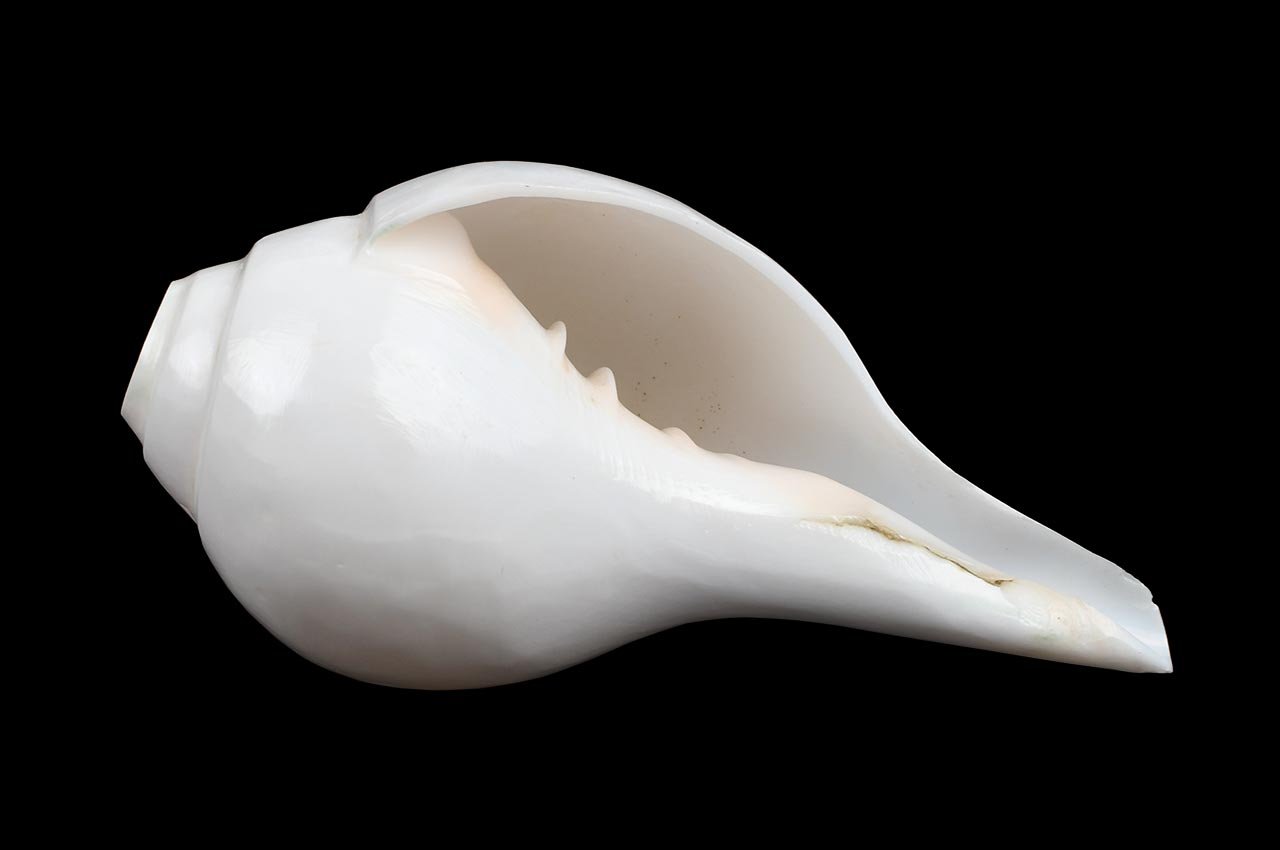Shop now for authentic and high-quality Shankh
SHANKH
"The Sacred Conch Shell in Hinduism - Types, Worship, Benefits, and Placement"

Welcome to our informative post on the Shankh, a revered symbol in Hinduism. The Shankh, or conch shell, holds deep spiritual significance and is associated with Lord Vishnu and the divine cosmic sound. In this article, we will explore the different types of Shankh, the art of blowing it, rituals and worship, as well as the appropriate placement for this sacred symbol. We will also discuss the benefits of blowing the Shankh and its profound impact on the environment.
1. The Shankh: A Divine Emblem:
The Shankh is a conch shell that has played a significant role in Hindu rituals and traditions for centuries. It is considered a divine symbol associated with Lord Vishnu, often depicted holding a Shankh. The Shankh represents purity, auspiciousness, and the primordial sound of creation, symbolized by the sacred syllable ‘Om.’
2. Types of Shankh:
2.1. Dakshinavarti Shankh:
2.2. Vamavarti Shankh:
3. Blowing the Shankh:
Blowing the Shankh requires a specific technique to produce the resonating sound that is believed to purify the environment and awaken spiritual energy. Here’s a simple guide on how to blow the Shankh:
3.1. Hold the Shankh in your right hand with the pointed end facing towards you.
3.2. Close your lips around the aperture at the pointed end of the Shankh and create a seal.
3.3. Blow gently but firmly, allowing the sound to resonate and fill the surroundings.
4. Worship and Rituals:
4.1. Pooja and Abhishekam:
4.2. Mantra Chanting and Meditation:
The sound produced by the Shankh is considered sacred, and chanting mantras or performing meditation with the Shankh can enhance spiritual experiences. The rhythmic sound of the Shankh aids in concentration, purifies the mind, and creates a serene atmosphere for spiritual practices.
5. Benefits of Blowing the Shankh:
5.1. Purification of Surroundings:
5.2. Awakening Spiritual Energy:
5.3. Positive Vibrations and Healing:
5.4. Warding off Evil Spirits:
6. Placement of the Shankh:
The placement of the Shankh in homes and temples is significant. Here are a few guidelines:

